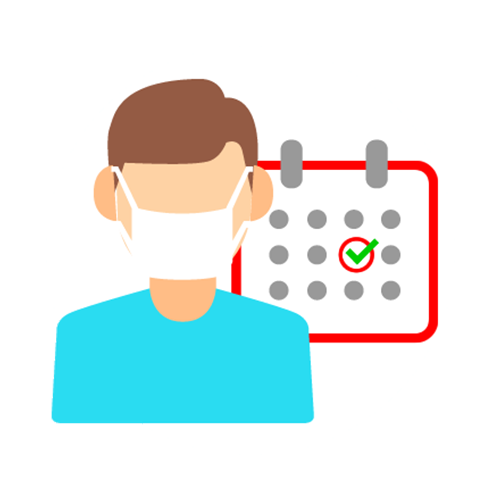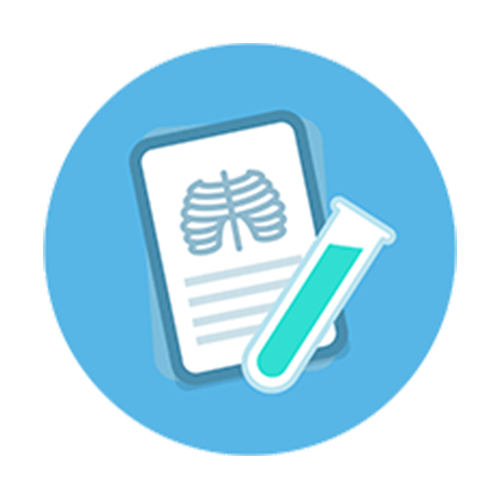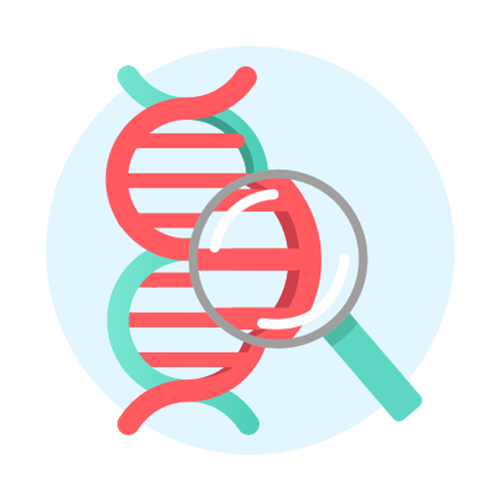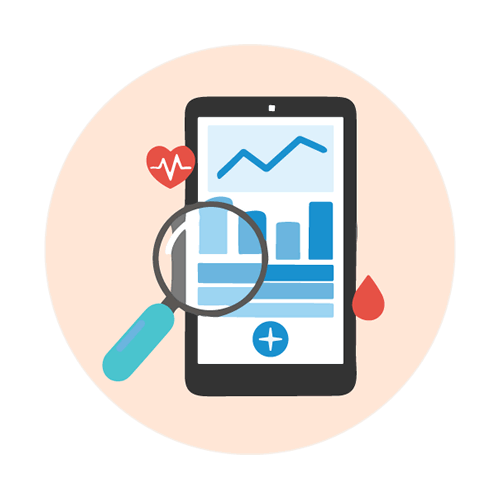-
Personal identification and demographic dataExpand

Person Master Index (PMI) is a set of identity and demographic data centrally maintained by the Electronic Health Record Sharing System (eHealth) for identification of patients. Patients are uniquely identified by PMI. The major key identifiers include:
- Name
- Identity document type and number
- Date of birth
- Sex
-
Allergies and adverse drug reactionsExpand

Allergies and adverse drug reactions information is essential to vital clinical decision support. Healthcare providers should be alerted if the medication they prescribe may trigger an adverse drug reaction:
- Any medication that may trigger an adverse drug reaction to the patient.
- Any type of biological, physical or chemical agents that would give rise to adverse health effects.
- Details of the occurred allergies or adverse reactions.
- Including Chinese medicines adverse drug reaction record.
-
Diagnosis, procedures and medicationExpand

- Any significant procedures done for diagnosis, exploratory or treatment purposes.
- Medication ordered and dispensed during healthcare process.
- Including Chinese Medicine record.
-
Encounters / appointmentsExpand

This type of information represents the health status of patients, including:
- Booked appointments.
- Dates of attendance when patients consult healthcare providers.
- Major diagnostic findings related to the episode.
- Significant procedures performed and other related treatment.
- Patients' condition, therapeutic orders or treatment plan.
-
Clinical note / summaryExpand

It is a record or summary for a particular clinical encounter or episode, including:
- Episode origination, related diagnostic findings and treatment.
- Allergies, adverse drug reactions and clinical alert found.
- Problems identified.
- Follow-up arrangement.
- Education delivered to the patients and their families.
-
Birth and immunisation recordsExpand

The basic information about the electronic health record (eHR) participant's birth and immunisation, e.g. place of birth, birth weight, vaccines administered to the person.
- Basic birth-related data includes birth date and time, weight, birth institution, etc.
- Immunisation data includes details of all the vaccines taken.
-
Laboratory and radiology reportsExpand

- Results of laboratory tests which are subclassified according to the nature of the test.
- Radiology examinations which include radiology report and image in different modalities.
-
Other investigation reportsExpand

- Results from other diagnostic tests, either discrete data element or a full report of the test.
- Images, such as clinical photos or tracing, could be included.
-
Healthcare referralsExpand

- Under the current medical practice, healthcare providers (referring provider) would refer a patient to other healthcare providers (referred provider) to facilitate team-oriented healthcare delivery.
- eHealth will provide features to facilitate referral of a patient between healthcare providers in line with current referral practices.
-
Observation and lifestyle recordsExpand

- Observation refers to the monitoring of body basic functions, including vital signs and body measurement (e.g. blood pressure and blood sugar records) while lifestyle describes the way of life a person lives (e.g. smoking and drinking habit). The information provides the overall living and health conditions of an individual.*
* Currently, only records contributed by users and uploaded to eHRSS via eHealth App can be shared.
- Observation refers to the monitoring of body basic functions, including vital signs and body measurement (e.g. blood pressure and blood sugar records) while lifestyle describes the way of life a person lives (e.g. smoking and drinking habit). The information provides the overall living and health conditions of an individual.*
-
Medical certificateExpand

- A medical certificate is a formal statement about the health status or situation related to an individual.